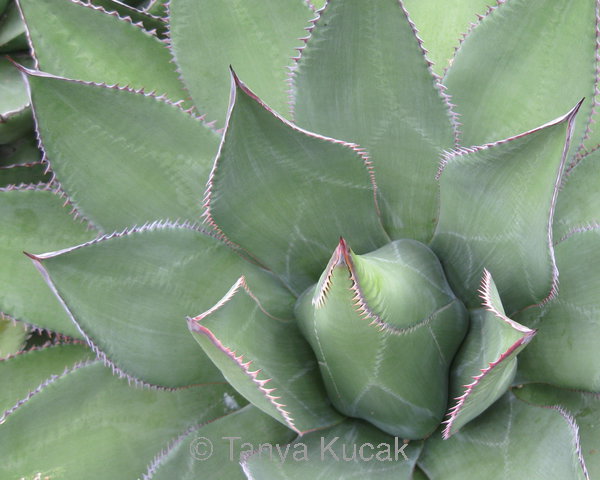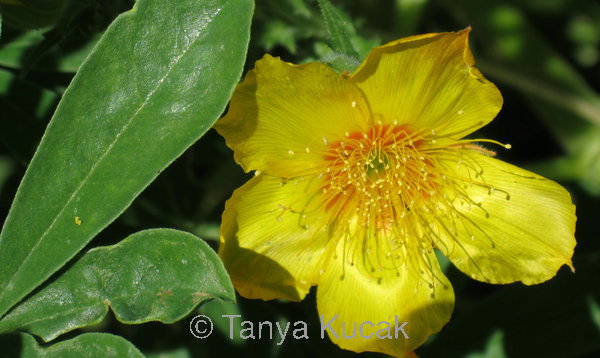
Last year, I ate lots of small yellow wild plums from a tree that the birds planted. Like most wild foods, these olive-size plums were much smaller and less sweet than a cultivated variety, such as the Santa Rosa plum developed by horticulturist Luther Burbank. It took a lot of time to collect them, but they made great desserts!
Botanical explorer Joe Simcox would like to see more wild foods developed for the table. In a talk at the San Francisco Flower & Garden Show last month, he praised the “hard-won knowledge” of foragers who learned what was edible and the genius of Burbank and Nikolai Vavilov, who also developed improved varieties of food plants.
Around 3000 plants were eaten by Native Americans before the Europeans showed up, he said. He called for more work on plants that grow in the arid west, especially an “oak improvement” project to develop good-tasting varieties as reliable food crops. “The Age of Discovery hasn't even started,” he said.
His whirlwind tour of lesser-known plants that have great potential focused on dryland American plants.
Giant sacaton (Sporolobus wrightii), a grass native to dry areas in the western U.S., was a food plant for Native Americans and “will replace rice in California's central valley,” Simcox said. He's proposed this idea to Lundberg, the big rice grower, because Giant Sacaton doesn't require the flood irrigation that rice does. Moreover, it's a “wonderful grain” with a great flavor, and it has “twice the nutrition” of grains commonly used.
“If not for the Irish potato (which, by the way, originated in the Andes),” Simcox said, Apios americana would have been “a standard American crop.” Related species are well known in northern Asia, he said. Also called potato bean or American groundnut, this plant offers edible tubers as well as above-ground beans.
Most yucca flowers are edible, he said, and were cooked and eaten “like cabbage.” He noted one species of yucca produces delicious fruit that, when dry, looks and tastes like little dates.
Simcox described visiting a greenhouse full of cacti and tasting whatever fruit was ripe, to the amazement of the cactus breeder. Most types of cactus have edible fruit, but it's not always palatable. He noted that plants such as bromeliads and caladiums have been bred to create more dramatic ornamentals. So there's “lots of potential” to develop some great fruits by cross-breeding cacti, he said.
Another desert plant, Lycium berlandieri, is the “goji berry of America,” he said. Other tasty berry-bearing plants he recommended included salal (Gaultheria shallon) and honeyberry (Lonicera caerulea).
Buffalo gourd, Cucurbita foetidissima, is a tap-rooted perennial vine that grows in the desert. Though the mature fruit tastes bitter, its seeds have a “pumpkin seed taste.”
A short-lived perennial related to California's Blazing Star, Mentzelia decapetala, has “sesamelike seeds” that can be parched, ground, and used “like tahini,” he said. It's native to the Rocky Mountains.

It takes too much energy and water to grow corn for biofuel, Simcox said. Instead, grow agaves in the desert for both food and fuel.

Seeds from some species of Mentzelia or Blazing Star were eaten by Native Americans. This one, M. lindleyi, is a California native grown as an annual wildflower.

Some species of milkweed flowers are edible, according to Simcox. Be sure to get a positive ID and check references before eating wild plants.
© 2015 Tanya Kucak